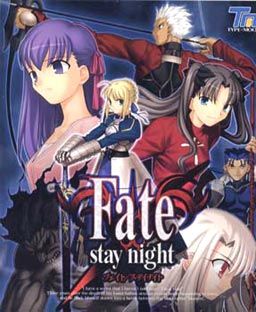
Chron X was developed by Genetic Anomalies, Inc, which later developed other DCCG-like games based on licensed content.ĭCCG games first gained mainstream success in Japan, where online card battle games are a common genre of free-to-play browser games and mobile games.

#Card game eroge Offline
Sanctum was taken offline in 2010, but has since returned due to fan intervention Chron X still exists, producing new expansions over a decade later. The first online CCGs were Sanctum and Chron X, both developed in 1997. There have been CCGs developed solely for computer play and not based on any physical product. Magic: The Gathering and Pokémon Trading Card Game were based on their physical CCG counterparts, Yu-Gi-Oh! Duel Monsters was based on the fictional CCG from the manga Yu-Gi-Oh! (1996), and Chron X and Sanctum were original DCCG games with no physical CCG counterpart. Early examples of DCCG games include Magic: The Gathering (1997), Chron X (1997), Pokémon Trading Card Game (1998), Yu-Gi-Oh! Duel Monsters (1998), and Sanctum (1998). The first DCCG games eventually appeared in the late 1990s. DCCGs evolved out of the ability for CCG players to challenge each other online rather than in person, as well as to provide computerized opponents so that players could play these CCGs by themselves. This was also approximately the same time that widespread availability of the Internet was launched. The CCG craze grew in 1994 onward as a result. Tabletop-based CCGs came about in 1993 with Magic: The Gathering by Wizards of the Coast which became a phenomenon that year in the traditional game market. The Super Famicom card-battle/role-playing game Dragon Ball Z: Super Saiya Densetsu (1992), based on the Dragon Ball Carddass series, is considered an early precursor to the DCCG, as it allowed the player collect, buy and sell cards within the game for use in card battles. Prior to DCCGs, video games had used both card-based mechanics (such as Dragon Ball: Daimaō Fukkatsu in 1988) and collection-based mechanics (such as Megami Tensei (1987), Dragon Quest V (1992) and Pokémon (1996), all based on collecting monsters). For example, Hearthstone has a "Discover" keyword that lets players temporarily obtain cards from across the entire Hearthstone library for the duration of a match, even if they do not own that card yet.

However, some games like Hearthstone have gameplay elements that would be impractical or impossible to perform in a real-world game but is easily done within the digital game. Most DCCGs follow rules that exist for real-world implementations of CCGs, simply played out in the virtual space. In other cases, primarily single player games based on the existing physical property have also been made, such as the Game Boy Color version of the Pokémon Trading Card Game and Magic: The Gathering – Duels of the Planeswalkers.
#Card game eroge code
Some games, like Chaotic, Bella Sara, and MapleStory allow online players to enter a unique alpha-numeric code found on each physical card as to redeem the card in the online version or access other features. The games are managed on servers to maintain the player's library and any purchases of booster packs and additional cards through either in-game or real-world money. These games manage all the rules of a CCG, such as tracking the avatar's health, removing damaged creatures from the board, and shuffling decks when necessary.


 0 kommentar(er)
0 kommentar(er)
